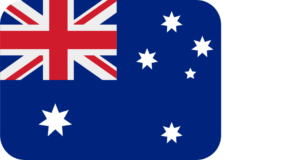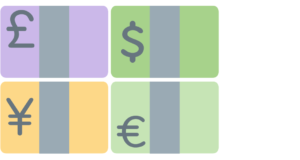Global equity markets continued to improve over August. This was due to a strong US earnings season and forecasts of easier monetary policy. Tariffs were still a concern for investors, but focus seemed to move towards the expectations of US rate cuts after some weaker economic data. US employment data weakened in recent months, with negative revisions to prior months’ non-farm payrolls figures. The MSCI World Index (hedged into AUD) returned 2.1% for August.

USA
The S&P500 returned 2.0%. US Federal Reserve Chair Jerome Powell delivered a more peaceable tone in his outlook for monetary policy. He specifically noted:
- the more balanced risks between inflation and employment
- that the inflationary impact of tariffs is likely to be a ‘one time shift’; and
- that the Fed remains conscious of the risk of a ‘sharply higher’ level of layoffs under some economic scenarios.
Markets responded to this speech by fully pricing in expectations of a September rate cut.

Europe
In Europe, the MSCI Europe Index (in EUR) was marginally stronger, but underperformed broader Developed Markets (+0.9%).

Asia
In Asia, key equities markets, including Japan, Taiwan and China were positive. Cooling tensions on trade and tariffs have likely influenced sentiment over recent months.

Australia
Australian equities returned 3.2% over August. Australian equities marginally outperformed Developed Markets (on a hedged basis) over the month, but are weaker over the trailing quarter. At its August meeting, the RBA lowered the cash rate to 3.6%. This is the third interest rate cut over 2025. In making its decision, the RBA noted that the labour market remains marginally tight, though this has eased in recent months. It also noted that private sector demand appears to be gradually recovering and real household incomes have picked up.

Currency and bonds
Both Australian and Global bonds delivered moderate positive returns, at 0.3% and 0.5% respectively. Rate cuts in Australia, and a dovish tone by the US Fed, were supportive to bond market performance. US 10-year yields ended August at 4.22%% (falling 13bps), while Australian 10-year yields were effectively unchanged at 4.28%.
The Australian Dollar was stronger relative to the US Dollar, rising by 1.7% over the month. The USD was generally weaker against most major currencies, driven, at least in part, by expectations for lower rates in the USA.

